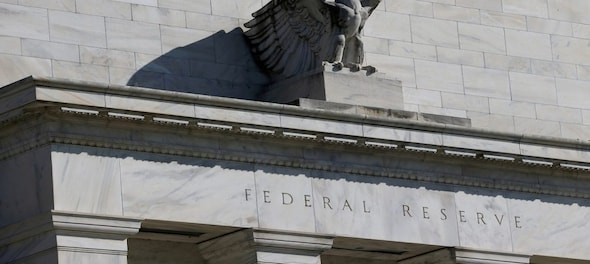
The increasing tension at the Russia-Ukraine border will not only have geopolitical and economic ramifications for the two nations, but the conflict may also influence the US Federal Reserve’s decision to hike rates to target inflation.
This comes mostly as a result of increasing energy prices. Russia is the world’s largest producer of natural gas and the second-largest exporter of crude oil. The US imports 540,000 barrels per day of crude oil from Russia, 7 percent of its daily gross imports. The conflict has aroused fears of supply chain issues and shortages.
As the price of crude approaches $100, with some even suggesting that a conflict and the resulting sanctions may briefly cause crude oil to hit prices as high as $150, inflation in the world’s biggest economy is also going up. Fuel prices are already higher by 21 cents (Rs 15) per gallon when compared to just a month ago, according to data from the American Automobile Association (AAA), a non-profit federation of motor clubs in North America.
“Oil is probably up $10 or $15 a barrel because of the conflict... That will probably add, if sustained, about 30 or 40 cents a gallon to unleaded. That’s as much as a half-percentage point to year-over-year consumer inflation, and we’re already at 7.5 percent. My sense is it really complicates the Fed’s efforts to rein in inflation and get back to full employment,” said Mark Zandi, chief economist at Moody’s Analytics to CNBC.
While the Federal Reserve is almost certainly going to hike rates in March, its future decisions are more up in the air. But higher oil prices may contribute to the red hot inflation which would lead to more hawkish rate adjustments from the Fed. And if prices go even higher then it could start hurting growth and causing deflationary pressure instead.
“It makes things more complicated. There is a scenario where the growth hit starts to get more substantial. There are also scenarios where the price increases are not as damaging to growth and it’s feeding inflation,” said Bruce Kasman, JPMorgan’s chief economist, to CNBC.
While the current inflation in the US is widely agreed to be demand-pull inflation due to a supply shock, the potential oil-supply shock can complicate matters for both the Fed and the macroeconomic situation.
“It certainly does add pressure. To the extent that growth isn’t hurt, the higher inflation itself becomes a more medium-term problem. On the other side of the coin, the fact the Fed is tightening, and we’re getting a negative supply shock, it’s magnifying the negative supply shock impact on growth as the Fed tightens into it. We haven’t seen this basically since Paul Volcker,” Kasman added.



